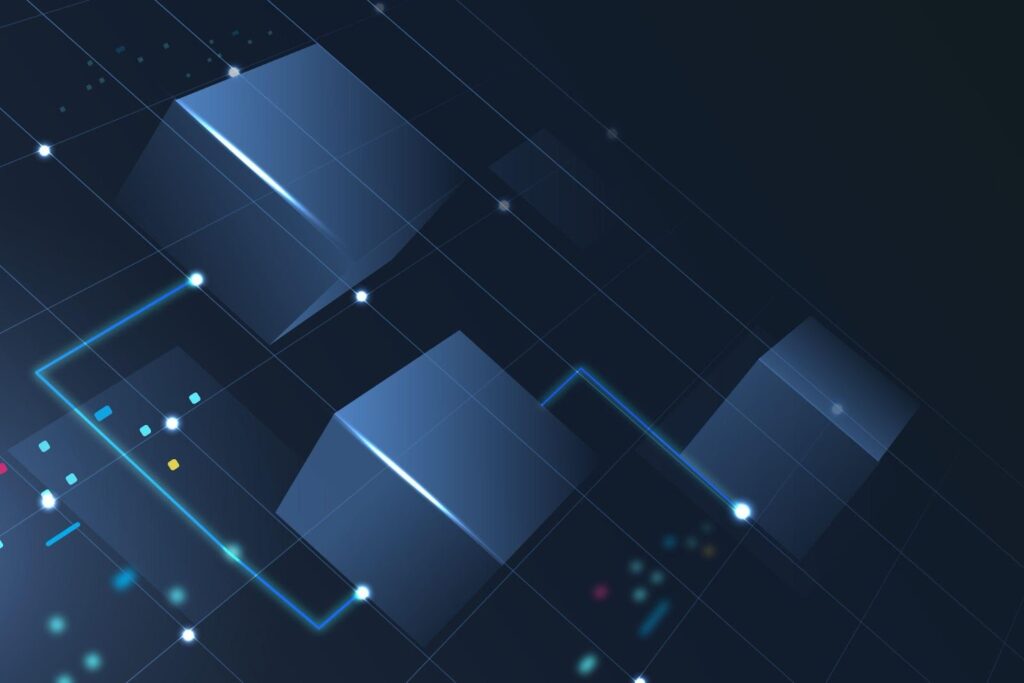Over 81% of global financial institutions are exploring or deploying blockchain technologies. Up from 67% in 2020. In 2023, $1.7 trillion of transactions passed through blockchain-based payments, a 45% year-over-year increase.
Smart contracts reduced operational costs by $12 billion. At the same time, DeFi platforms hold $55 billion in total value locked (TVL) at the end of 2023. Tokenized securities will now account for $1.3 trillion in trading volume in 2025. The bond issuance will reach $412 billion, especially in sovereign and green bonds.
Major institutions are embracing public blockchains: R3 and Solana now enable firms like HSBC, Bank of America, Euroclear, and Monetary Authority of Singapore (MAS) to issue tokenized assets such as bonds and stocks, speeding settlements and cutting costs.
Contents
Digitizing Identity and Public Services
Estonia’s digital ID lets 99% of its 1.3 million citizens access public and private services online. Since 2012, blockchain has secured key national registries. Plus, Estonia pioneered online voting in 2005 and offers full access to medical records.
Its X-Road platform (a decentralized data exchange system) connects government databases securely and transparently. Plus, birth registration will soon be fully automated with email notifications, as well.
Advancing Healthcare and Pharmaceuticals
In 2023, healthcare utilization of blockchain increased 28%. It introduced secure, interoperable electronic health records and anti-counterfeit drug supply chains. Numerous academic articles provide evidence that blockchain is effective in healthcare.
It helps manage electronic health records and genomic data and restricts access to clinical research. Secure traceability allows practitioners to verify the authenticity of medications and patient safety.
Online Entertainment
This technology transforms online entertainment by providing:
- Decentralized digitized content distribution
- Automatic payments
- Transparent ownership
In online betting, blockchain introduces provably fair systems and immutable audit trails for wagers and results. The best BetOnline slots platforms use smart contracts and verifiable data sources to facilitate peer-to-peer prediction markets, where users can independently verify outcomes via blockchain records.
Smart contracts empower musicians, filmmakers, and video game developers. They can generate immediate, verifiable income sharing based on actual views
It also supports immersive digital ownership through NFTs, representing unique in-game items, artworks, or collectibles that can be traded on open marketplaces, unlocking real-world value for users and creators.
Tokenization of Real-World Assets
Blockchain ecosystems enable tokenization of real estate, art, private equity, and luxury goods. For example, investing in real estate is becoming simpler thanks to tokenization. Purchasing real estate typically entails significant financial outlays, making it challenging for many. A property can be divided into smaller units known as tokens through the process of tokenization.
This implies that more people may make real estate investments without having to own a whole building. For instance, a token that represents a tiny portion of a house may be purchased, lowering the cost of real estate for all. Market projections by McKinsey anticipate tokenized assets reaching $2 trillion by 2030.
Energy, Media, and Voting Use Cases
Nowadays, homeowners utilize decentralized markets to sell excess solar power to one another. They promote independence and sustainability. Media artists upload their work as NFTs or through blockchain attribution systems to provide ownership verification and royalty monitoring. Voting platforms, which promise tamper-proof and auditable election systems, are being tried internationally.
Efficiency Gains and Cost Savings
By 2030, blockchain is expected to save $550 billion a year in global company operations. It could reduce bank infrastructure expenses by 30%. By using various automated verification platforms, trade finance operations may minimize dispute handling by 25% and save up to 33% on processing expenses.
Conclusion
With its integration into finance, supply chains, healthcare, real estate, identification systems, energy, and entertainment, this technology has evolved from a speculative technology to a structural one. Real-world applications result in quantifiable cost savings, more transparency, new asset ownership models, and efficiency advantages.
Tokenized systems are opening up hitherto unreachable asset classes, their market is growing quickly, and industry and governmental use is still growing. Blockchain is positioned to provide a more open, effective, and decentralized global economy as scalability and regulatory frameworks develop.

